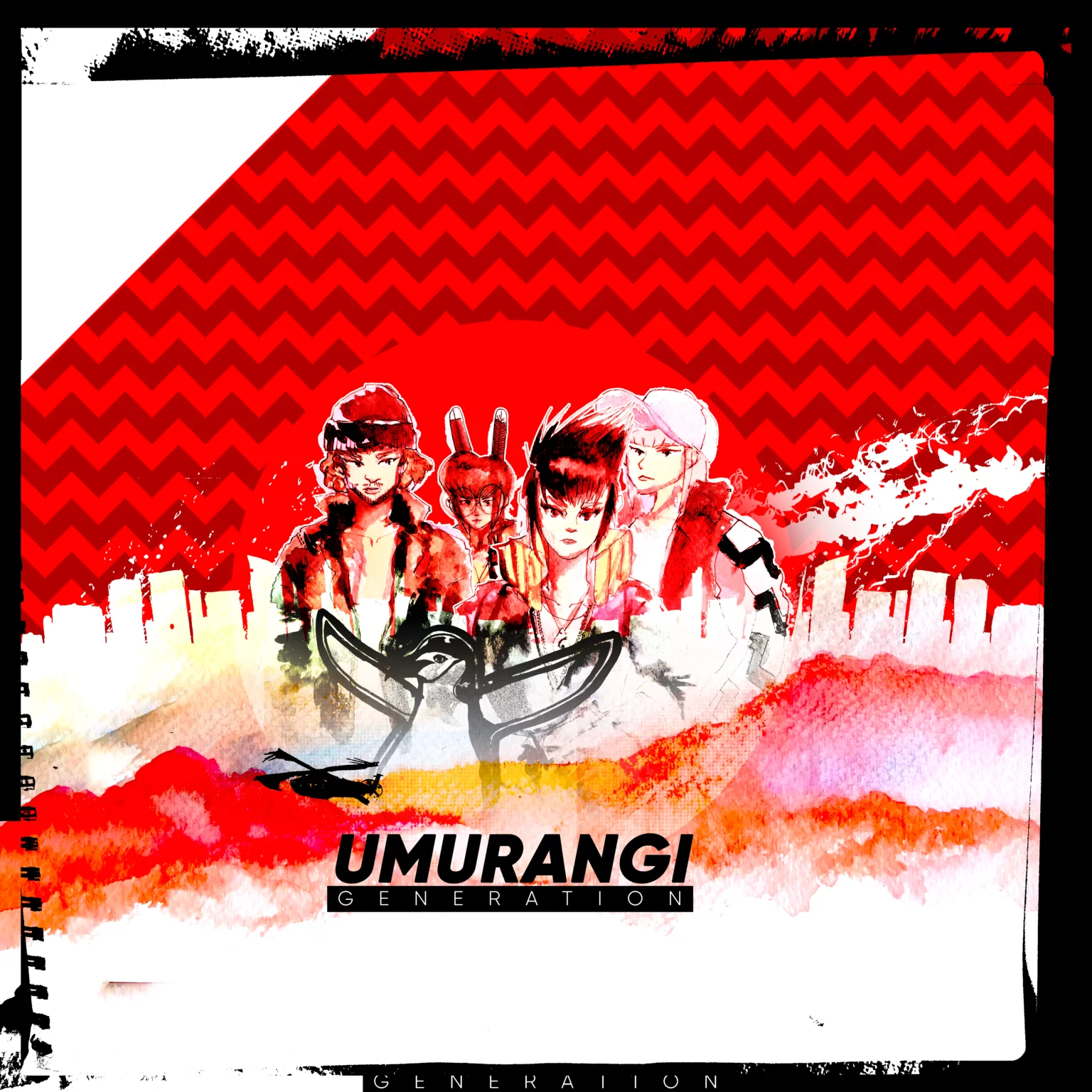I have always been a fan of games that go against the grain; those that take a familiar concept or genre and flip it on its head to create something entirely new. With that in mind, I was stoked when a copy of ORIGAME DIGITAL’s Umurangi Generation Special Edition came across my desk. I’ve always considered myself as having a keen eye for a good photo and playing a photography sim sounded right up my alley, so I couldn’t wait to snatch up my long lens and get to work!
At A Glance
| Scores | |
| Visuals | 6 /10 |
| Sound | 6 /10 |
| Gameplay | 5 /10 |
| Overall | 6 /10 |
| Positives | + Fun twist on the first-person shooter genre |
| + Great use of motion controls | |
| + Admirable premise focusing on environmental storytelling | |
| Negatives | – Needle in a haystack gameplay |
| – Story is too slow-burn / vague | |
| – Too limited graphically to allow the premise to truly shine | |
| Launch Price | £18.89 |
| Our Playtime | 5 hours 10 mins |
| Available On | Nintendo Switch, PC |
At its core, Umurangi Generation is a first-person shooter, but rather than looking down the sights and shooting enemies with a gun, you’re peering down the lens and shooting photographs of your friends, passersby, and the surroundings instead. The story of the game is laid out entirely through environmental storytelling, with posters, graffitti, and the body language of NPCs laying out the plot. This Special Edition includes the Macro DLC as standard which gives you a few more unlockable features and late-game levels to explore too, which significantly extends what was available in the original release.
From a gameplay perspective, the main objective of each level is to complete a set of photo ‘bounties’, requiring the player to capture photographs of various different items that are stashed around the level, working as a scavenger hunt of sorts. There’s about ten items that you’re required to photograph before you can deliver the pictures and move on to the next level, and there are some optional snaps requested that will give you bonus points too. There’s a ‘recreate this postcard’ challenge on every level that is good fun, if not a little simple due to the game signposting where to take the picture from. Things are more difficult than simply finding the items and snapping a pic though, as you’re forbidden from taking pictures where a ‘blue bottle jellyfish’ is in the frame – of course, they’re scattered all over the place and it’s tricky taking the perfect picture. On top of the jellyfish concern, the bounties often need to be taken with a specific lens on your camera, requiring you to find just the right spot to stand in to ensure you get all the items in the frame without something being in the way or having a jellyfish creep into view. Whilst it’s never mentioned anywhere, you also have a limited amount of film with which to take the bounty pics, and you’ll have to start again if you take too many bum shots and can’t find any more film rolls that are hidden away amongst the detritus in the levels.
The concept of a photo scavenger hunt is a really good one, and playing the first few levels I enjoyed snooping around to find the items in demand, but it sadly became less enjoyable the more the game progressed. The early levels are particularly small and so finding all of the items isn’t too hard, but finding some of the smaller items (or groups of items) becomes like looking for a needle in a haystack as the areas begin to expand. The minutes rack up and the frustration builds as you scour areas with a fine tooth comb in search of a tiny item that’s neatly tucked away and only visible from one specific angle. To compound the annoyance, I sometimes found that the game didn’t register when my photo had everything required in it either, meaning I’d have to find another vantage point to take another, more agreeable photo for the same bounty.
Mechanically speaking, things work in exactly the same way as any other FPS game, with the controls immediately feeling comfortable and familiar. Holding down ZL pulls up your camera in an aim-down-sights view, and you use the other buttons to change the zoom, turn the flash on and off, and amend the focus to help you get the perfect snap. ORIGAME DIGITAL have done a really nice job in integrating the Switch’s motion controls too, allowing you to turn your console on its side when you want to take portrait or angled shots. HItting ZR takes your picture and you’re then given the option to make some post-production tweaks, like amending the brightness and colour balance, or any other of your photo app favourites. In fact, in a nice touch of real world depth, your finished photograph is added to your Switch’s screenshots folder for you to look at outside of the game and share on social media, should you wish. More adjustment options are unlocked as you progress through the game, allowing you even more control over your photos and how to present your final artwork.
Sadly, the comfortable controls are somewhat let down by the movement, which can be described as ‘inconsistent’ at best and ‘downright glitchy’ at worst. The collision detection is overenthusiastic and you get snagged on the smallest of items as you pass by and find yourself ‘hooking’ onto the edges of platforms when attempting to jump from one area to another. Trying to break free of these snags is painful, and results in hammering the jump button to the point that it confuses the engine into hurling you into the air higher than you have any right to jump. Is any of this game breaking? No. But it makes you astutely aware of navigating the environments in a way that goes against the grain of the premise, where your surroundings should be an ally in taking good photographs and not filled with obstacles to overcome.
While I’m a big fan of alternative storytelling, I felt that Umurangi Generation didn’t get off the ground fast enough to pull me into what was happening, and by the time the story became more apparent, the intrigue had passed me by and I was more interested in snapping the bounties and getting to the next level. Meaningful plot points are almost non-existent in the first few levels and it sets the player up to focus less on what’s happening and more on what items are around that need to be photographed. Even by the end of the game, which includes the extra levels as part of the included Macro DLC, the plot is far from clear and I found that the crescendo fell flat by virtue of not being well rooted enough earlier in the game. I applaud ORIGAME DIGITAL in being brave with some of the subject matter that they address in Umurangi Generations, as it will certainly resonate with players looking to compare the game world with our own, but it was all a touch vague for this reviewer who felt like he missed the point a little.
Where I think I felt the most disappointed with Umurangi Generation was in the graphics department, which is very out of character for me. I wholeheartedly believe that there’s a lot more to any game than what it looks like, but for me, you simply cannot make a game revolving around snapping eye-catching and thoughtful pictures without having visuals that make the photographs worth taking. I found the games’ low poly models and lo-res textures incredibly quirky and fun, but in a game with limited gameplay mechanics, I’d need a whole lot more visual appeal to convince me to extend the playtime and keep taking photos with no reasoning or reward. Not to mention that many of the locations feel incredibly static and built for purpose; it’s not until you reach the much later levels that anything really feels alive in Umurangi Generations. While I totally appreciate that budgets only stretch so far, and that there’s a lot to like in what’s been achieved stylistically, I feel like the visuals hold the game back from truly living up to the potential of the premise.
My time with Umurangi Generation Special Edition was a little like discovering an old photo album in the loft and opening it to find pictures that remind you of a painful break up. There’s the spark of excitement at finding something out of the ordinary, and wonderment at what you might stumble upon next, but flicking through the pages of blurry images only leaves you pining for what could have been had things been just a little bit different.
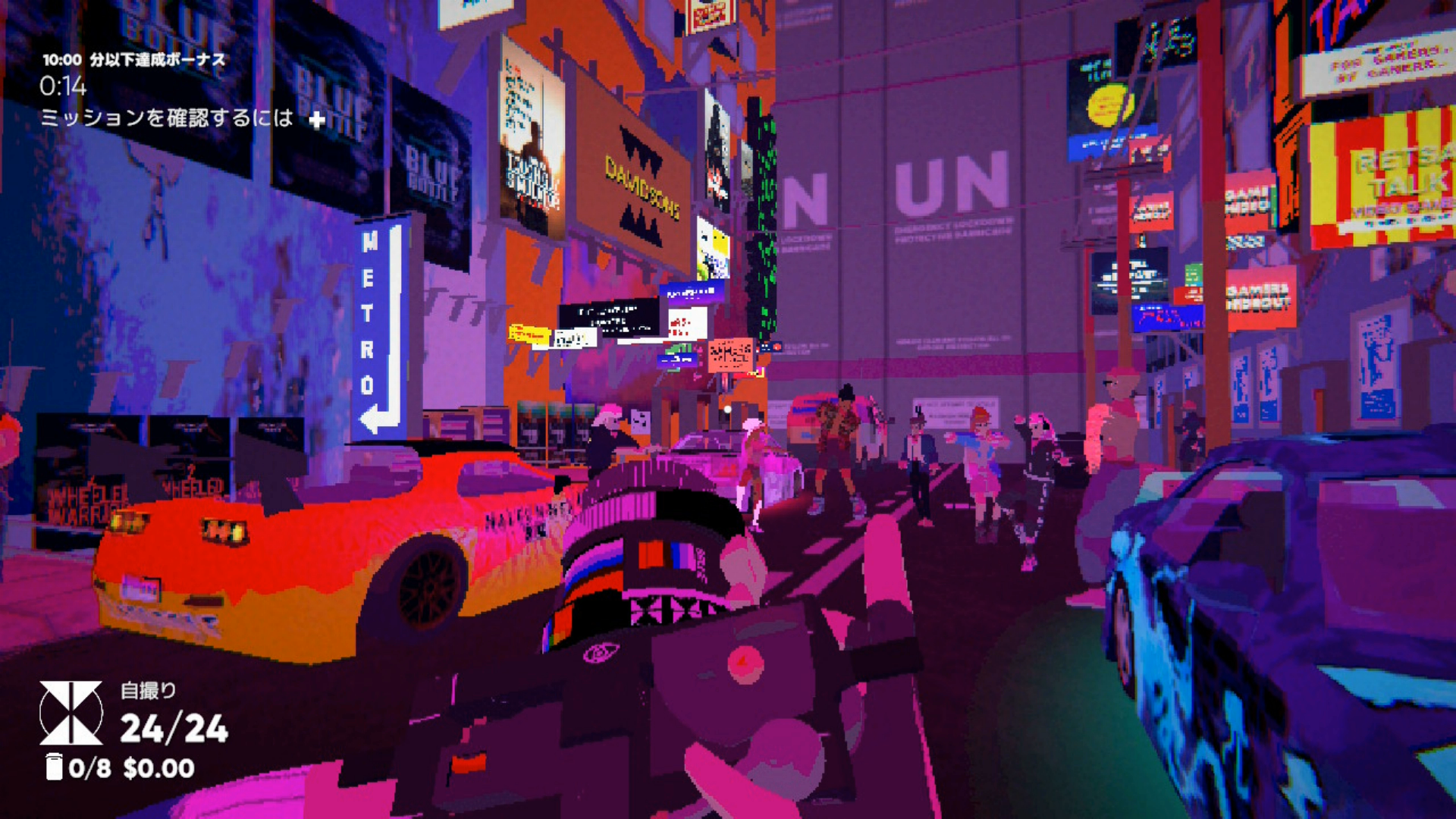
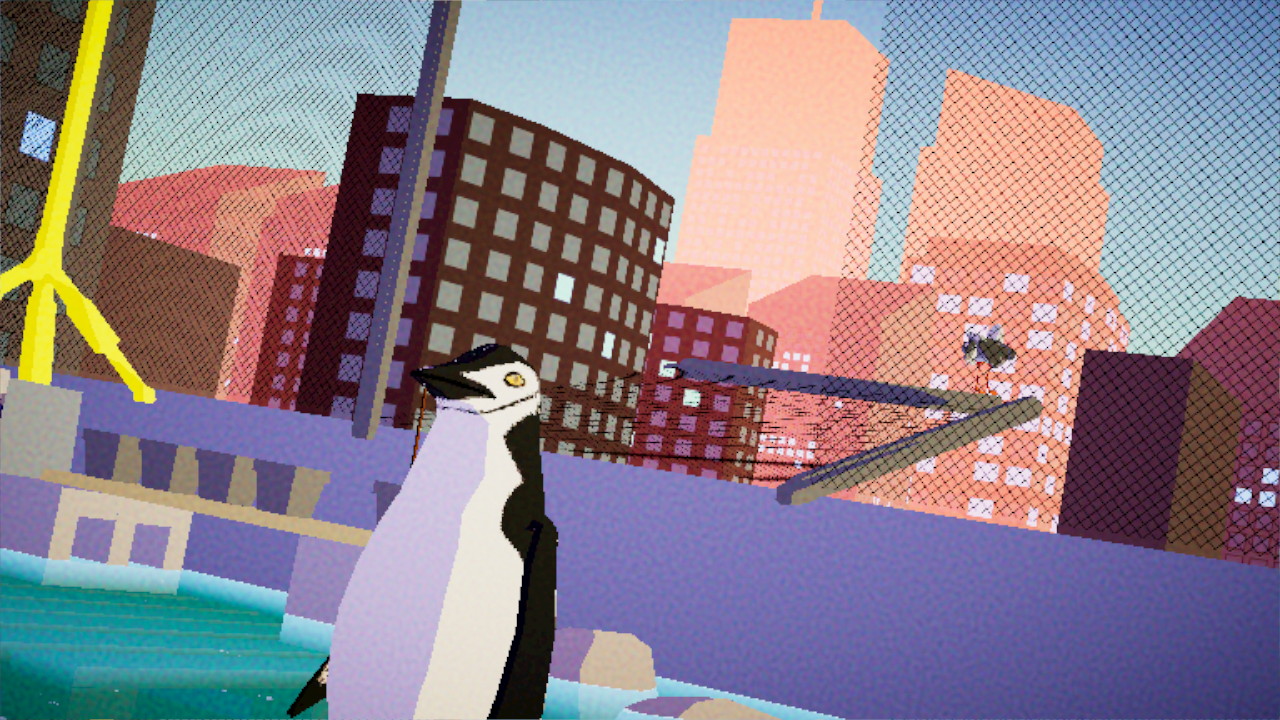
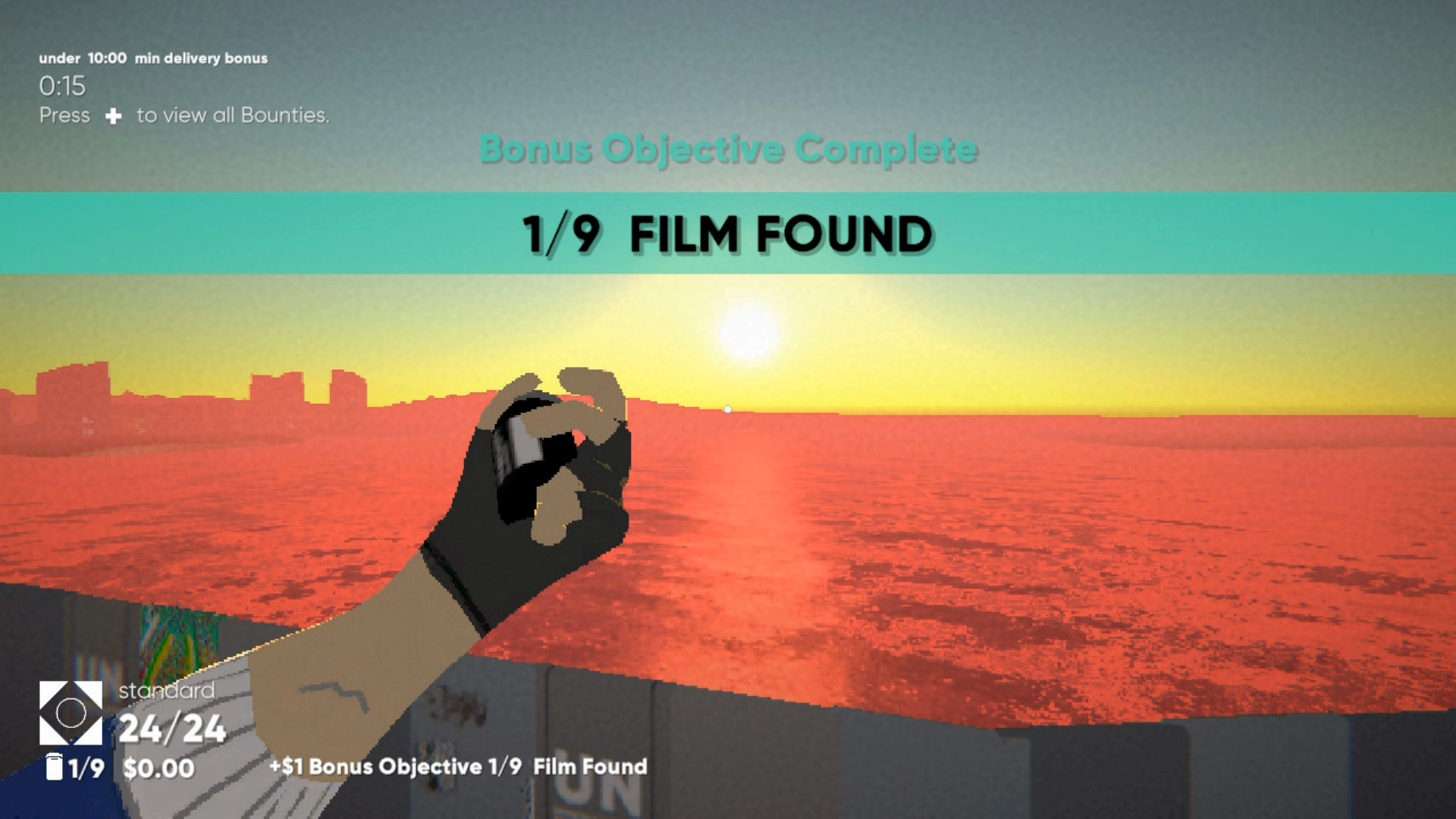
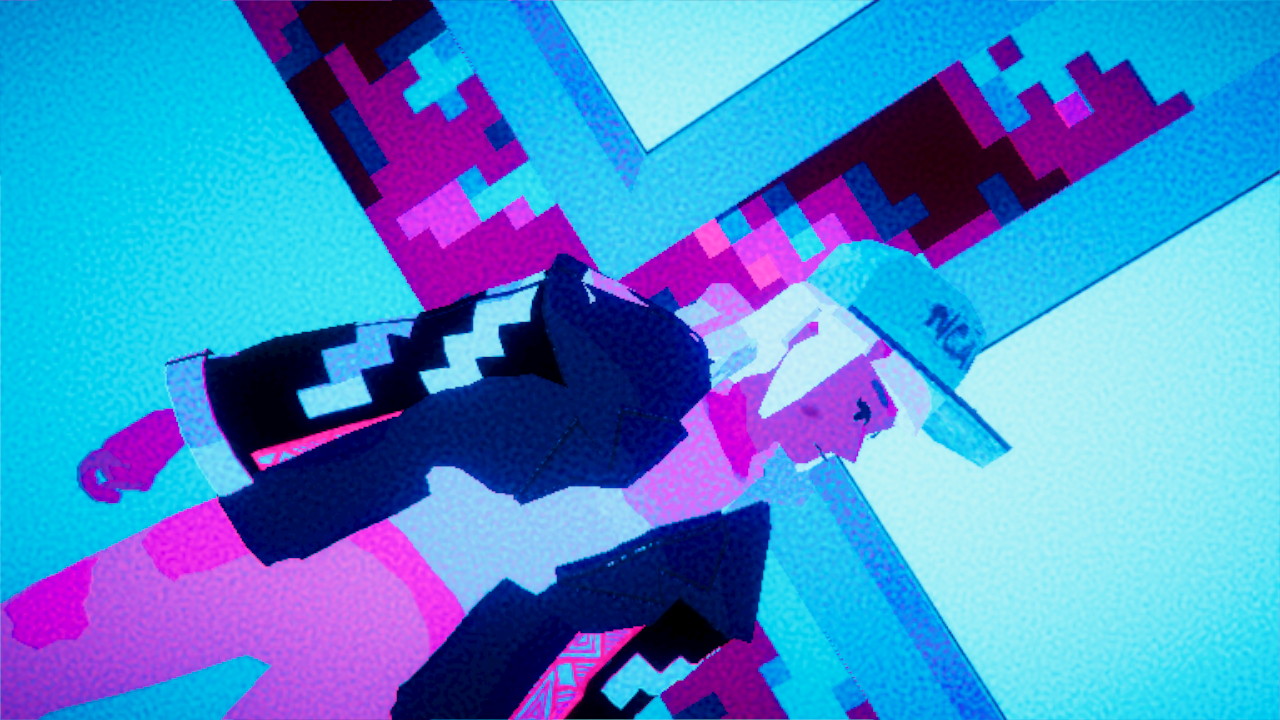
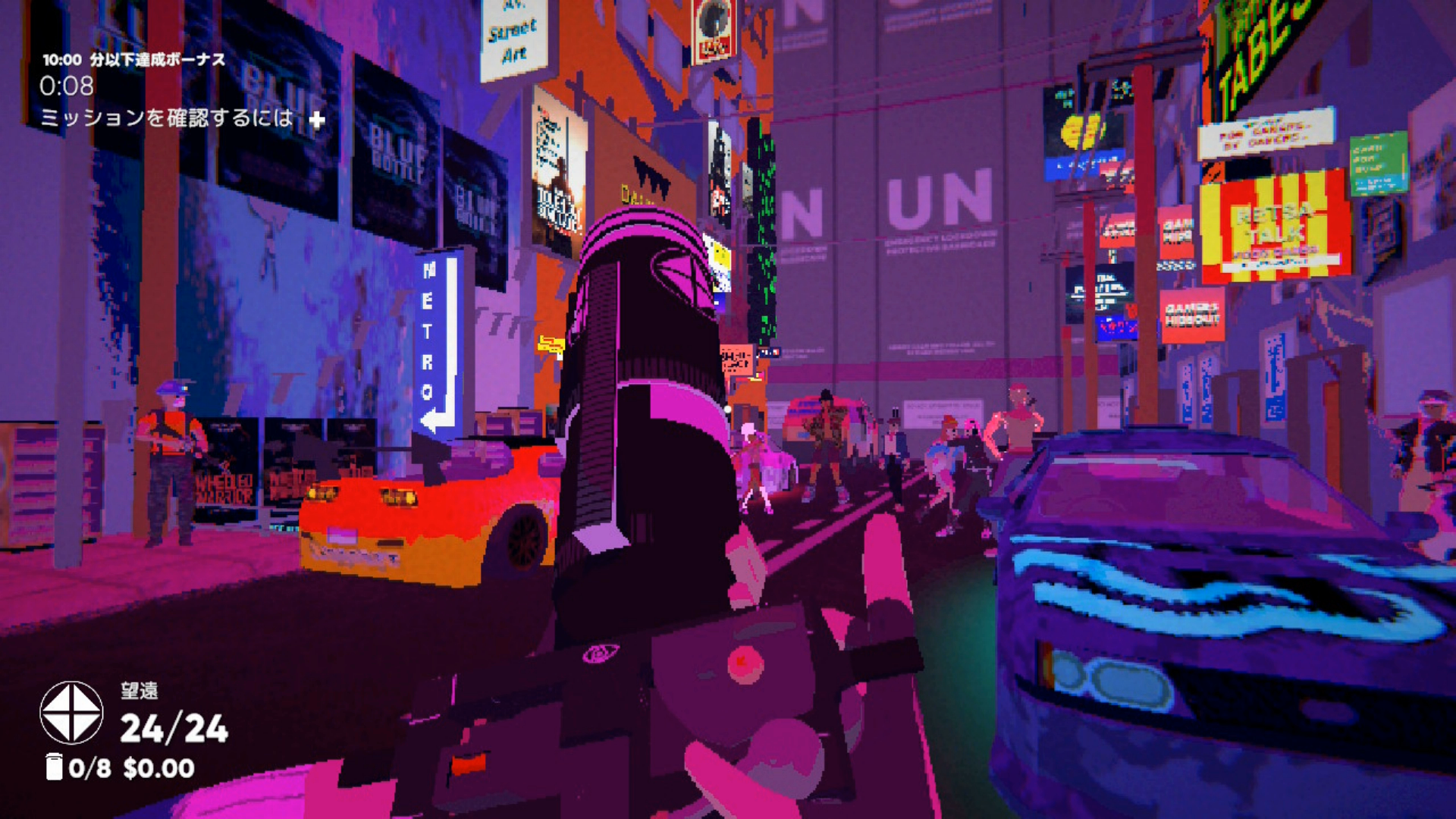
In the interest of full disclosure, the publisher provided VGamingNews with a copy of the game in order to conduct this review.

